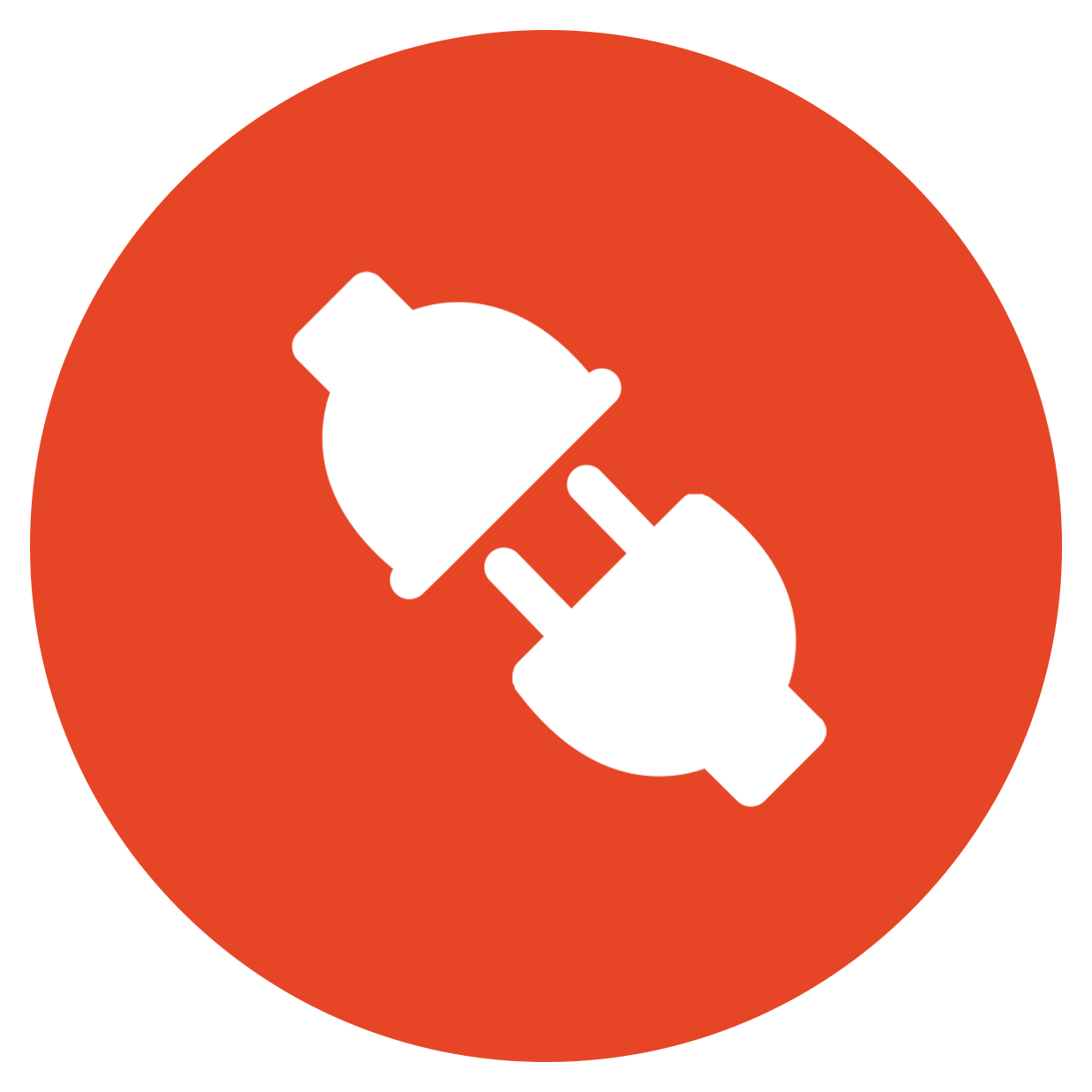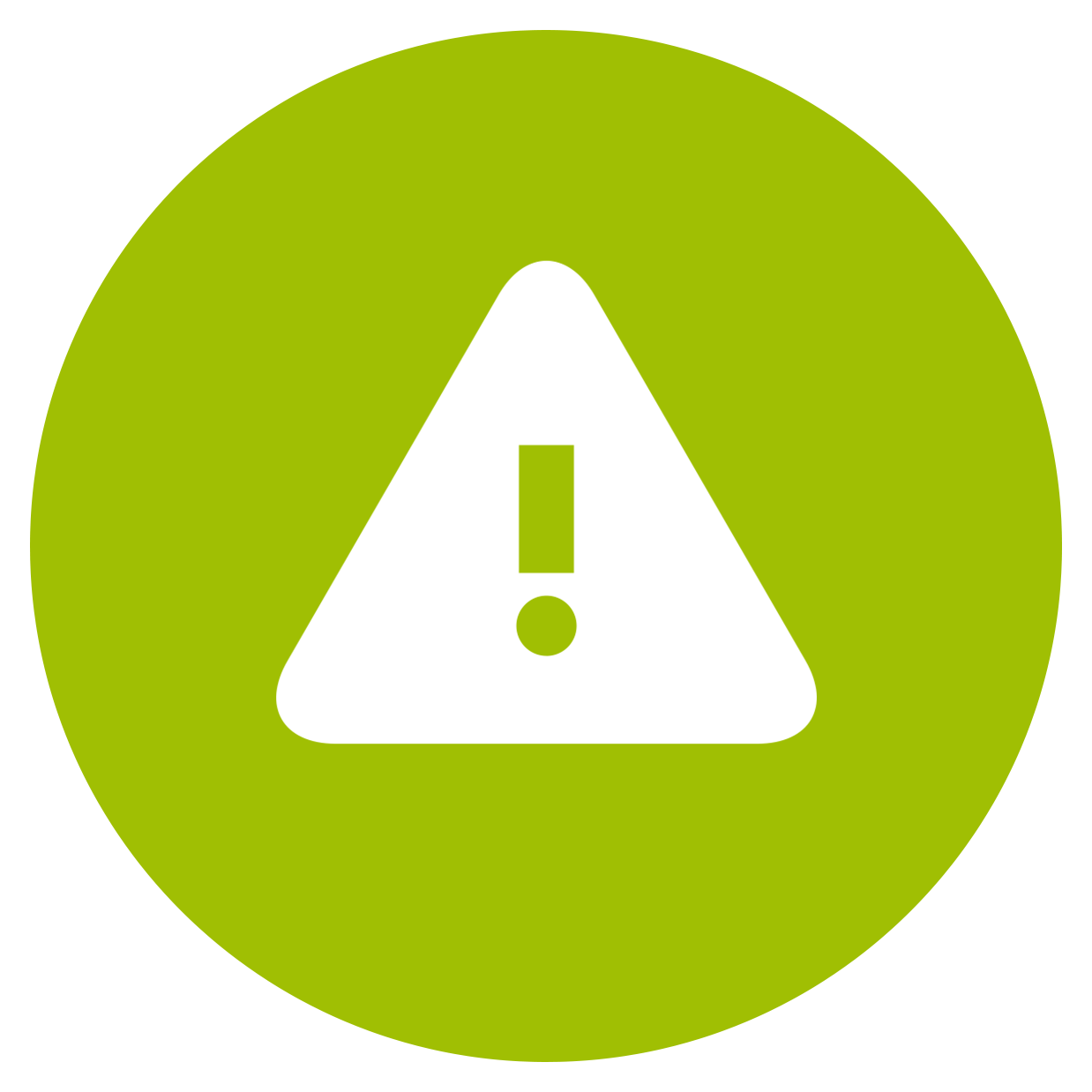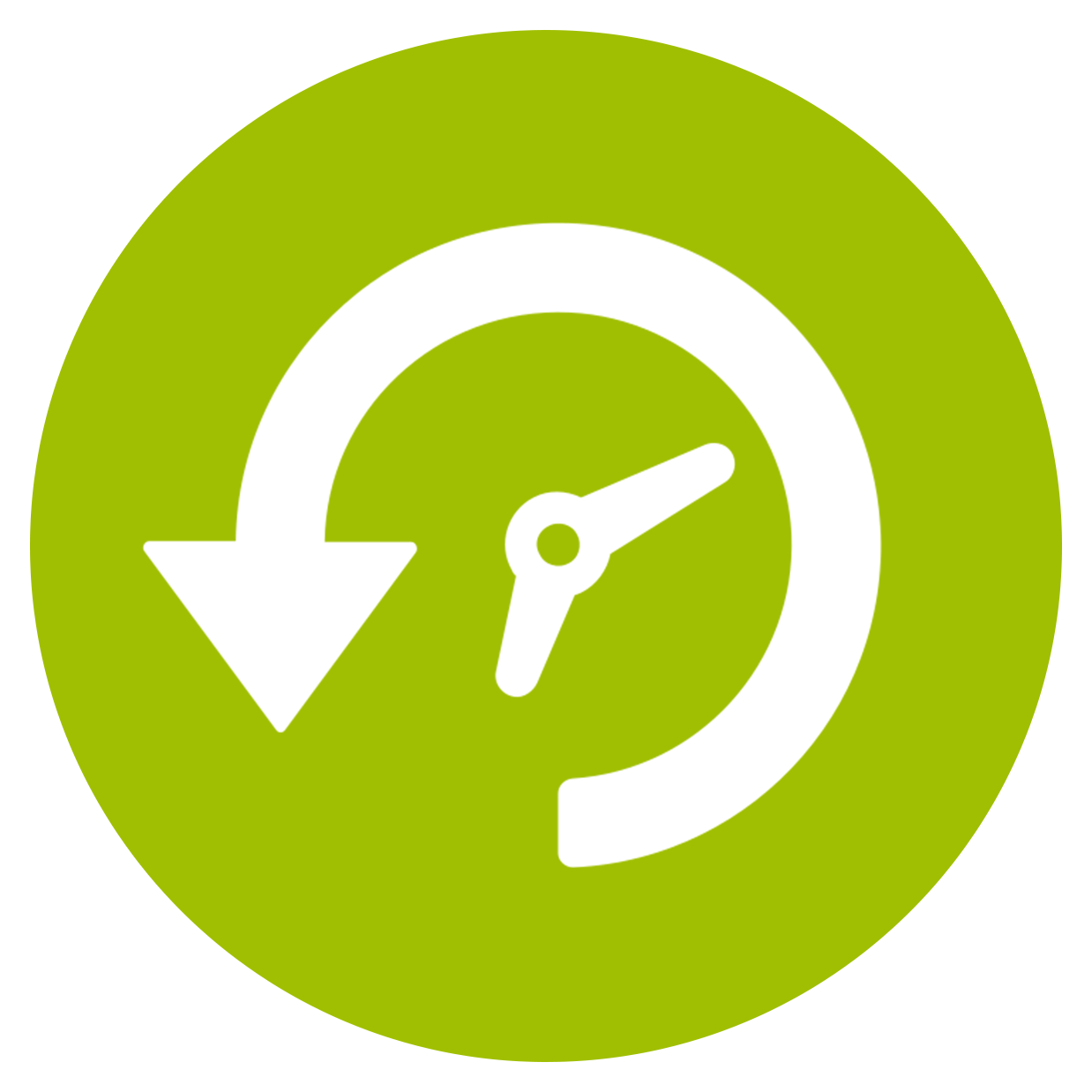What is a good NPS response rate?
Written by Support EXP


Sustaining a good Net Promoter Score (NPS)® response rate to customer surveys is critical for financial institutions that want to track trends in how their customers view them. Banks and credit unions today recognize the importance of customer loyalty to their success, and NPS is the metric of choice in most industries for tracking it.
Financial products and services have become increasingly commodified by a process of standardization that renders them unexceptional. Customer experience is often the only thing that differentiates a credit union or bank. But financial consumers are showing ever-greater sensitivity to anything that increases their effort or contributes to their frustration in doing business.
Knowing what customers want – in any given moment or touchpoint of their journey with you – has become critical to competing in almost every industry, and banking is no exception. You need to know (not just hope!) that you are delivering what your customers want. That’s where surveys come in.
Customer surveys are the popular choice for getting this much-needed intel. But if you’re not getting enough responses to your surveys, you may not be getting a clear picture of how your organization is living up to your customers’ expectations – or failing them.
Key Takeaways:
- Getting a good survey response rate is vital to improving CX.
- Aim for a 10% response rate for each batch of surveys sent.
- Make sure your survey is concise, timely, and valuable to avoid customer survey fatigue.
- Encourage higher response rates to your customer surveys by sharing objectives and taking action related to feedback on your net promoter score.
What Is Considered a Good Response Rate for a Survey?
If you are looking for a good survey response rate to target in your net promoter score surveys, the answer, as with many other questions, is: “It depends.”
With so many variables, it’s difficult to point to an overall “average good response rate.” To start with, what are you using the results of the survey for? If it is to get the most reliable intel to form strategy and act on to improve your customer experience, then a good survey response rate is one that allows you to use the information collected to inform your strategy and make decisions about where and how to take action.
Many factors can affect the likelihood that a survey recipient will respond, including the design of the survey invitation, the distribution channel, the length and complexity of the survey, the survey sender’s relationship with the recipient, and the targeted demographic. Another way to prompt a response is to send a follow-up email – in case the initial survey invitation was overlooked or buried under other email!
Keeping all of these factors in mind, a 10% response rate on your surveys is generally considered a statistically sound sample – meaning that the feedback obtained, if analyzed correctly, can be used to make informed business decisions.
What Is an Acceptable Response Rate?
Survey response rates have been declining, and the reason is no mystery: survey fatigue.
Customers are bombarded with requests for survey feedback after virtually every experience. So it’s not unusual for any given survey to have a response rate in the low single digits.
For surveys asking for more detailed customer feedback, the response rate decreases. For example, while an emailed NPS survey may have a 15-20% response rate, that reflects surveys where the respondent answered the NPS question ONLY; around 10% of recipients actually provided comments explaining the reason for their answer on the NPS question.
Since the best kind of feedback includes details about the customer and their reason for their survey answer, this won’t get you the audience insights you need.
So even a high response rate on your surveys will not be of value if there’s no accompanying insight into the reasons behind those responses. Understanding what makes a good NPS question can make the difference in gaining the information you actually need from your customer feedback.
Getting an acceptable, valid amount of feedback is a function of the survey’s effectiveness and quality. If a survey is confusing, too long, or sent at the wrong time, you are less likely to get the number of responses you want. Finally, if you’re asking your customers for their feedback, but they’re not seeing any improvement in their experiences as a result, they won’t be hurrying to answer the next survey you send them.
Fewer responses mean less data to support your net promoter score, and a less reliable net promoter score makes it harder for you to inform and implement process improvements and frontline performance management initiatives.
How Do I Increase My NPS Response Rate?
Getting a high NPS response rate is chiefly a function of the relationship you have with the people you are surveying.
If your recipients are engaged with your organization, you are more likely to hear from them. When they receive a survey, recipients generally want to know 3 things:
- What is its purpose/objective?
- How long will it take?
- What’s in it for me?
When customers receive a survey, they want to know how their feedback will be used, and how it will impact their experience. Share your objectives for the survey. Then, not only tell your customers that their responses are valued, but show them by acting on that feedback.
If detractors are commenting on the quality of employee interactions, send a follow-up email telling these customers that you appreciate their feedback, and highlighting strategies you’ve put in place to address employee interactions with customers going forward. This is a great way to increase engagement and encourage every customer, from promoters to detractors, to give your business another try.
Depending on the nature of your organization, recipients may be more willing to give feedback – and more willing to explain it further – if you appeal to their sense of responsible membership.
Shared ownership and commitment to a mission are powerful motivators. Don’t just ask customers to respond to a generic survey; invite them to become promoters who are helping further an important mission. Focus each customer email on engaging recipients with your goals, whether it be through sharing important company updates, defining mission objectives, or updating software and other resources. Give customers a reason to respond and care about the survey program.
In addition, the timing of the survey is crucial. If you are measuring a customer’s response to a certain event or transaction, the survey needs to be sent when the recipient’s memory and emotion of the experience are fresh.
Finally, personalize the net promoter score survey as much as possible by including the recipient’s name and referencing the particular transaction or visit you want to measure with their score and supporting responses.
Understanding your customer mindset – what they like about you, what frustrates them in doing business with you – is more important than ever to the survival of a bank or credit union. You need to know the triggers of your customers’ loyalty.
A customer survey that accurately capture the Voice of Your Customers is the best method to get authentic insight into your customers. These insights are the fuel you need to drive change that gets the results you want, predictably and intentionally.
If you’re ready to take the next step toward differentiation, or if you’re interested to see how customer surveys can strengthen your customers’ loyalty, we’d love to start the conversation about how we can help you achieve your most important objectives.
Have More Questions? Reach Out to Our Team Of Experts
Net Promoter®, NPS®, NPS Prism®, and the NPS-related emoticons are registered trademarks of Bain & Company, Inc., Satmetrix Systems, Inc., and Fred Reichheld.















